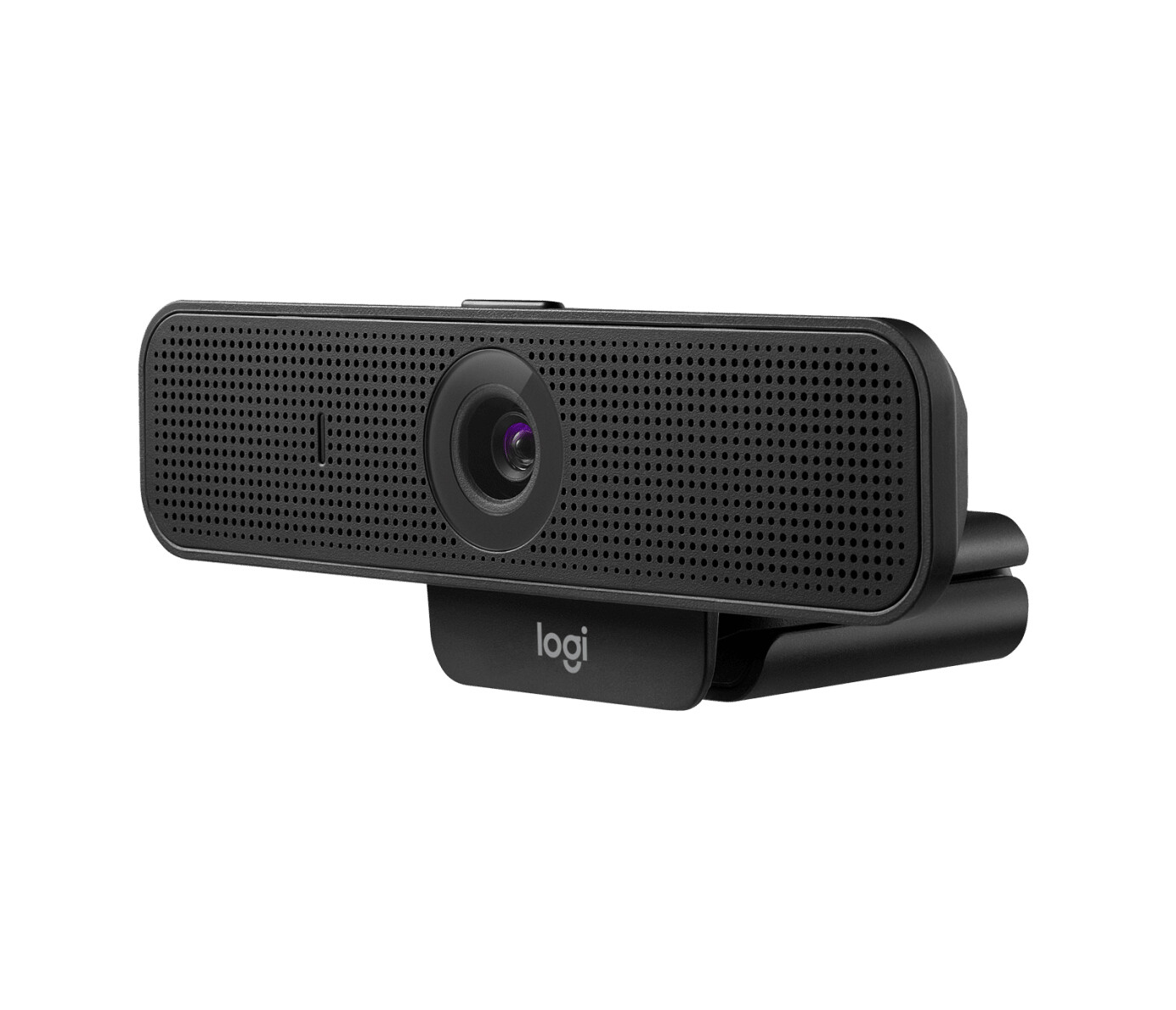























£55.13*
- Resolution 1920 x 1080 Full HD
- Camera resolution 3 MP
- Field of view 78°
- Frames per Second 30 fps


Frequently purchased together
Product information
Best in combination with the celexon Mobile Chroma Key Green Screen.
If you want to take your video conferences, livestreams or presentations to the next level, the celexon Mobile Chroma Key Green Screen in combination with a webcam offers unparalleled advantages over traditional video calls without a green screen. With the celexon Mobile Chroma Key Green Screen you can instantly transform any room into a professional studio. The Green Screen provides a clean, uniform background surface that allows you to customise the background of your videos, which looks much more professional than a messy room or unattractive wall.

High definition at a low price.
Take advantage of every opportunity to work well together with the Logitech C925e webcam, which brings HD quality to any office environment at a fair price. The sturdy, adjustable clip makes it easy to attach to both notebooks and external monitors, while the adjustable bezel ensures confidentiality. Plus, the C925e is compatible with all major video conferencing software applications, so you can just plug it in and go.
Experience the following highlights:
- Full HD resolution at 30fps
- 3MP camera
- 78° field of view
- Autofocus
- 1.2x digital zoom
More productive meetings
C925e is a 1080p HD webcam that delivers professional-quality picture and sound. Certified for business applications, competitively priced and designed for all-day use, C925e features H.264 compression with scalable video coding (SVC) and UVC 1.1 encoding to minimise dependence on computer and network resources for a consistently reliable video conferencing experience, even with limited bandwidth.

Certified for business applications
The C925e is certified for Skype for Business and Cisco Jabber™, and offers advanced product integration with BlueJeans, Broadsoft, LifeSize Cloud, Vidyo and Zoom Rooms.
High-quality picture in any environment
Always look your best in video calls - even when you're on the move. The C925e webcam offers a 78-degree field of view that's perfect for one or two people. Thanks to RightLight™ 2 technology, the C925e intelligently adjusts to deliver enhanced image quality in low light and backlit conditions.
Professional look
Prove your professionalism on every video call. The C925e offers 1080p/30 fps HD video and HD autofocus for natural-looking image quality with a fixed 78° field of view that's just right for a single person. Plus, RightLight™ 2 technology in the background continuously and intelligently adjusts visual quality.
Technical data
| Name | Logitech C925e Webcam, 1920 x 1080 Full HD, 3 MP, 30 fps, 78° |
|---|---|
| Article number | 1000007227 |
| GTIN/EAN | 5099206064027 |
| Manufacturer SKU | 960-001076 |
| Model name | C925e |
| Brand | Logitech |
| Product Type | Webcam |
| Application | Single-Site |
| Resolution | 1920 x 1080 Full HD |
| Frames per Second | 30 fps |
| Focus type | Manual & automatic focus |
| Digital Zoom | 1.2 |
| Camera resolution | 3 MP |
| Camera sensor | CMOS |
| Field of view | 78° |
| Inputs | 1x USB-A |
| Product width | 12.6 cm |
| Product height | 2.9 cm |
| Product depth | 3.2 cm |
| Weight | 0.17 kg |
| Colour | Black |
| Delivery contents | Quick user guide |
| Condition | New |
| Warranty | 24 Month |
| Warranty type | Bringin service Service and support information |
Product safety
| Company |
|---|
| Logitech |
| EPFL - Quartier de l'Innovation, Daniel Borel Innovation Center |
| 1015 Lausanne |
| Switzerland |
| info@logitechg.de |




